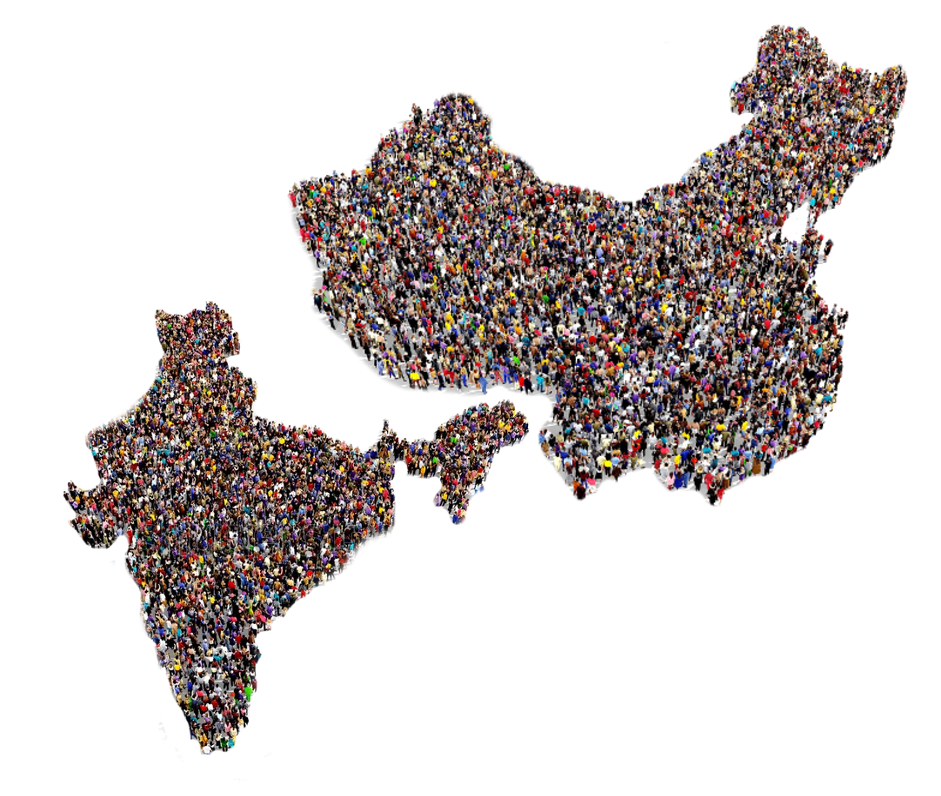China vs India | Population
China and India are two of the world's most populous countries and both have rich histories and diverse cultures. While they share some similarities, they are also distinct in many ways.
Economically, China has been growing at a much faster rate than India in recent years, and has overtaken India as the world's second-largest economy. China has also been investing heavily in infrastructure, and is now home to some of the world's most impressive skyscrapers, highways, and high-speed rail systems. India, on the other hand, has been focusing more on services, such as information technology and outsourcing, which have helped to boost its economy.
Politically, both countries have very different systems. China is a one-party communist state with a strong central government, while India is a federal parliamentary republic with a democratic system of government. China's government has been criticized for its lack of transparency and human rights violations, while India has a more open and transparent political system, but still faces issues with corruption and inequality.
Culturally, China and India are also quite different. China has a long and rich cultural history, with a deep appreciation for art, poetry, and literature. India, meanwhile, is known for its diverse religious traditions, including Hinduism, Buddhism, Jainism, and Sikhism, and is home to a vibrant film industry and a rich tradition of music and dance.
In terms of foreign policy, both countries have been increasingly assertive on the world stage. China has been expanding its territorial claims in the South China Sea, and has been investing heavily in military modernization. India, meanwhile, has been seeking to strengthen its strategic partnerships with other countries in the region, such as Japan, Australia, and the United States.
Overall, while China and India share some similarities, they are also distinct in many ways. Both countries are major players on the world stage, and their relationship is complex and multifaceted, with elements of cooperation and competition.

